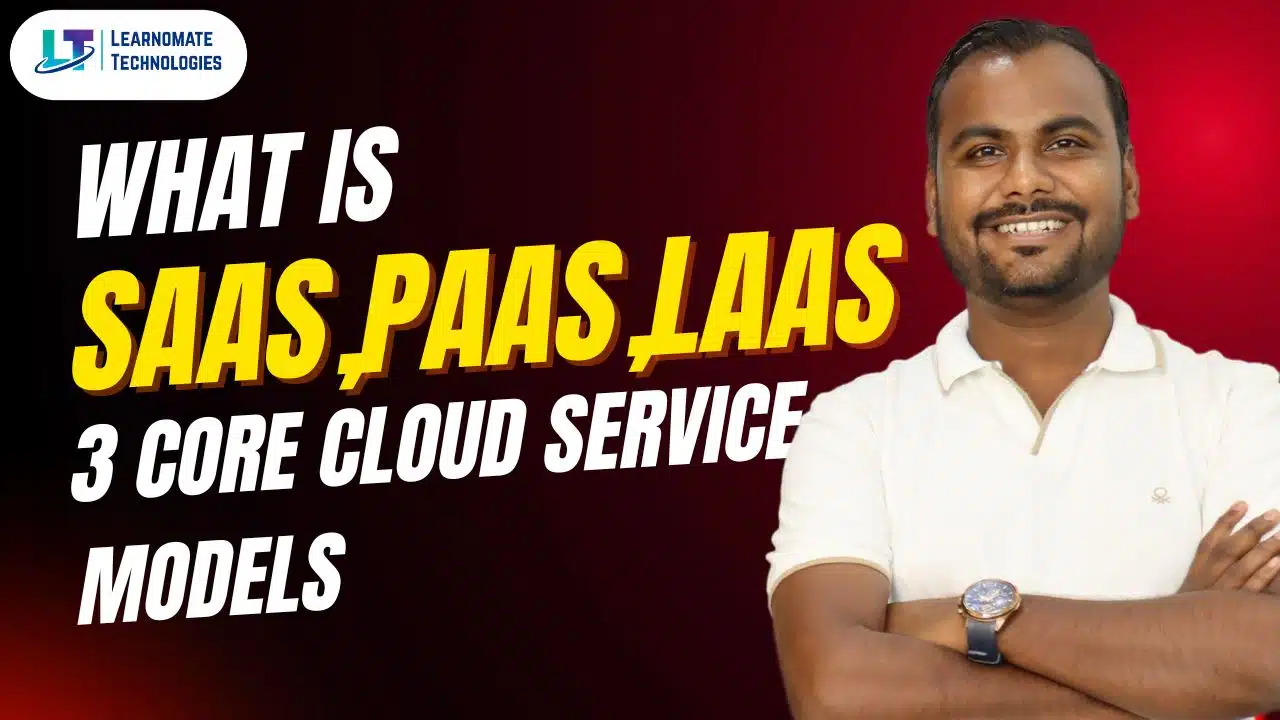Understanding IaaS, PaaS, and SaaS: 3 Core Cloud Service Models
Understanding the 3 Categories of Cloud Services: IaaS, PaaS, and SaaS (Big Data).
Cloud computing has revolutionized how businesses build, deploy, and scale applications. At the core of this transformation are the three primary categories of cloud services: Infrastructure as a Service (IaaS), Platform as a Service (PaaS), and Software as a Service (SaaS). Each category addresses different business needs and offers varying levels of control, flexibility, and management.
Infrastructure as a Service (IaaS)
IaaS provides virtualized computing resources over the internet. It is the most basic layer of cloud services and gives users high-level control over the IT infrastructure without the cost and complexity of managing physical servers.
Benefits:
-
High scalability
-
Cost-effective pay-as-you-go pricing
-
Full control over the infrastructure
-
Ideal for developers, system administrators, and IT teams
Popular IaaS Providers:
-
Amazon Web Services (AWS EC2)
-
Microsoft Azure Virtual Machines
-
Google Compute Engine
Platform as a Service (PaaS)
PaaS is a cloud service model that provides a platform allowing customers to develop, run, and manage applications without dealing with the infrastructure.
Benefits:
-
Faster development and deployment
-
Reduces coding time
-
Built-in software components (e.g., database integration)
-
Supports team collaboration
Popular PaaS Providers:
-
Google App Engine
-
Heroku
-
Microsoft Azure App Services
Software as a Service (SaaS)
SaaS is the most familiar cloud model to end users. It delivers fully functional software applications over the internet, typically on a subscription basis.
Benefits:
-
No installation or maintenance
-
Accessible from anywhere
-
Scalable and secure
-
Ideal for end users, remote teams, and non-technical users
Popular SaaS Examples:
-
Google Workspace (Gmail, Drive, Docs)
-
Salesforce
-
Zoom
-
Microsoft 365
Comparison Table: IaaS vs PaaS vs SaaS
| Feature | IaaS | PaaS | SaaS |
|---|---|---|---|
| Users | Admins, IT teams | Developers | End users |
| Control Level | High | Medium | Low |
| Maintenance | You manage most | Provider manages platform | Provider manages everything |
| Flexibility | Maximum | Moderate | Minimal |
| Examples | AWS EC2, GCE, Azure VMs | Heroku, GAE, Azure AppSvc | Gmail, Salesforce, Zoom |
At Learnomate Technologies, we don’t just teach tools, we train you with real-world, hands-on knowledge that sticks. Our Azure Data Engineering training program is designed to help you crack job interviews, build solid projects, and grow confidently in your cloud career.
- Want to see how we teach? Hop over to our YouTube channel for bite-sized tutorials, student success stories, and technical deep-dives explained in simple English.
- Ready to get certified and hired? Check out our Azure Data Engineering course page for full curriculum details, placement assistance, and batch schedules.
- Curious about who’s behind the scenes? I’m Ankush Thavali, founder of Learnomate and your trainer for all things cloud and data. Let’s connect on LinkedIn—I regularly share practical insights, job alerts, and learning tips to keep you ahead of the curve.
And hey, if this article got your curiosity going…
👉 Explore more on our blog where we simplify complex technologies across data engineering, cloud platforms, databases, and more.
Thanks for reading. Now it’s time to turn this knowledge into action. Happy learning and see you in class or in the next blog!
Happy Vibes!
ANKUSH😎







